10 Best Achillea Millefolium Preparations
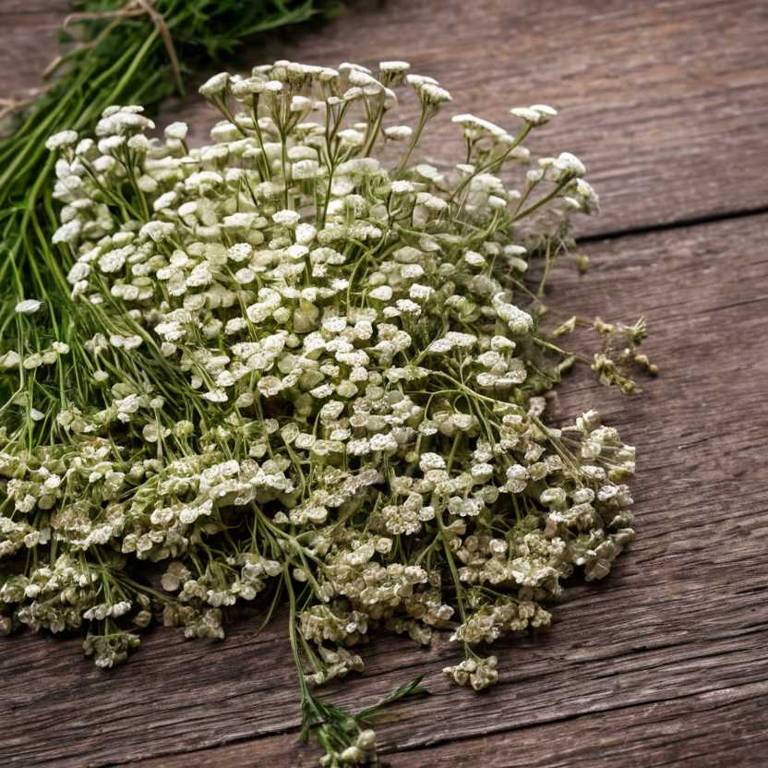
The best medicinal preparations of Achillea millefolium are teas, decoctions, tinctures, oils, and creams, each offering unique benefits for health and wellness.
Herbal teas made from dried leaves are commonly used to soothe digestive issues and reduce inflammation.
Decoctions involve boiling the roots or leaves to extract more potent compounds, often used for skin conditions.
Tinctures provide a concentrated form of the herb, useful for treating wounds and respiratory ailments.
Oils and creams infused with Achillea millefolium are applied topically to heal bruises, insect bites, and minor skin irritations.
Below there's a list of the 10 best herbal preparations of achillea millefolium for medicinal purposes.
1. Teas
Achillea millefolium teas is commonly used to treat digestive issues, menstrual cramps, and skin conditions.
This herbal preparation is often utilized for its anti-inflammatory, antispasmodic, and astringent properties. It is traditionally used to alleviate symptoms of indigestion, bloating, and gastrointestinal discomfort. The most common ailments treated include menstrual pain, hemorrhoids, and minor skin irritations.
The bioactive constituents responsible for its medicinal effects include compounds such as sesquiterpene lactones, flavonoids, and phenolic acids, which contribute to its therapeutic actions.
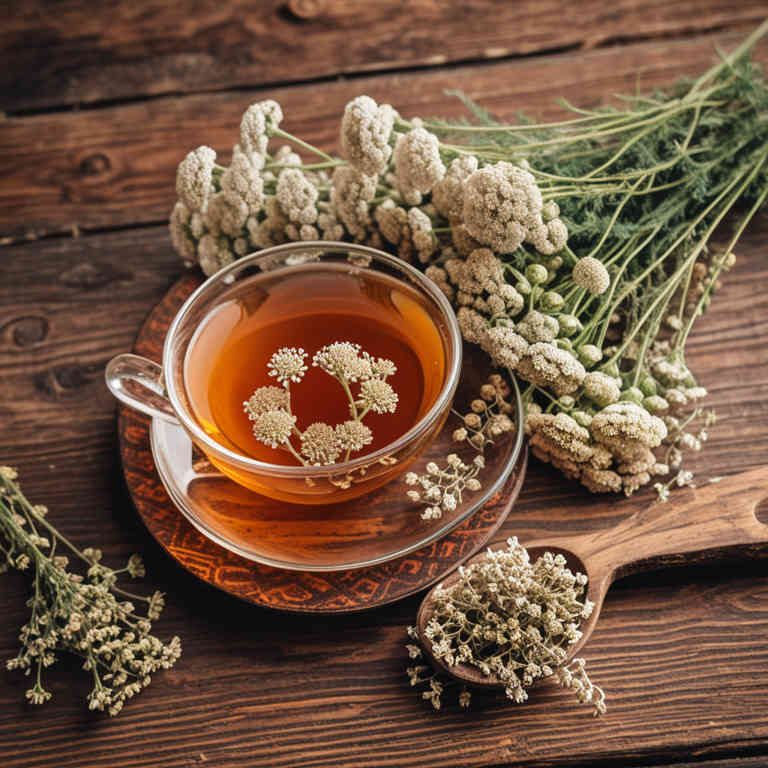
2. Decoctions
Achillea millefolium decoctions is commonly used to treat various inflammatory and digestive conditions.
This herbal preparation is often employed for its anti-inflammatory, antimicrobial, and wound-healing properties. It is traditionally used to alleviate symptoms of digestive disorders such as gastritis and ulcers.
The decoctions are also applied topically to reduce swelling and promote healing of skin injuries. The most common medicinal uses include treating respiratory infections, menstrual cramps, and skin conditions. The bioactive constituents of Achillea millefolium decoctions that contribute to its medicinal properties include flavonoids, sesquiterpene lactones, phenolic acids, and volatile oils.
These compounds exhibit antioxidant, anti-inflammatory, and antimicrobial activities, which support the plant's traditional and modern applications in herbal medicine.
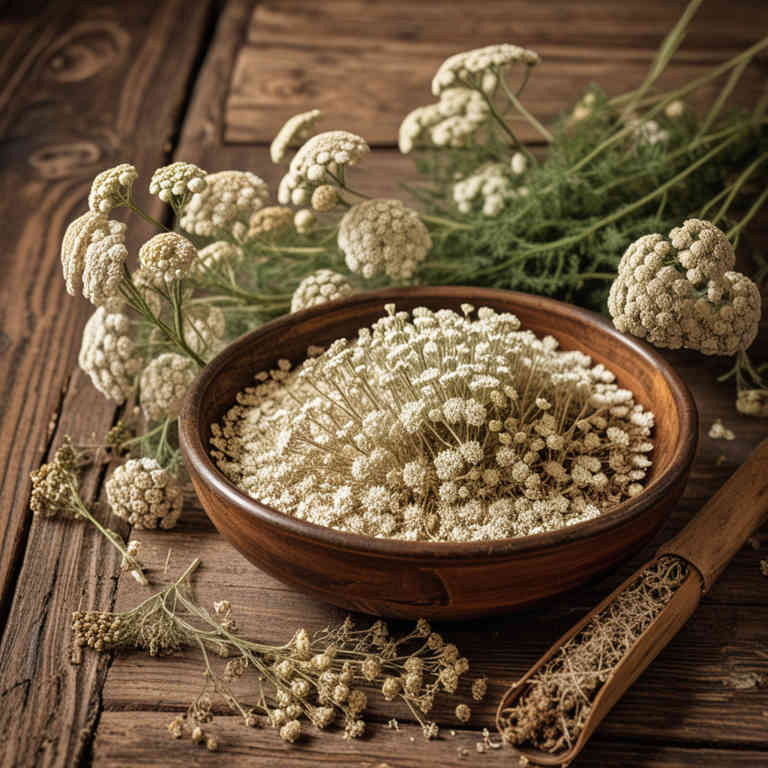
3. Tinctures
Achillea millefolium tinctures is commonly used to treat various ailments such as digestive issues, skin conditions, and respiratory disorders.
These tinctures are often employed for their anti-inflammatory, antispasmodic, and wound-healing properties. They are traditionally used to alleviate symptoms of indigestion, menstrual cramps, and minor skin irritations. The bioactive constituents responsible for these effects include flavonoids, sesquiterpene lactones, and essential oils.
These compounds contribute to the plant's ability to reduce inflammation, soothe gastrointestinal discomfort, and promote healing.
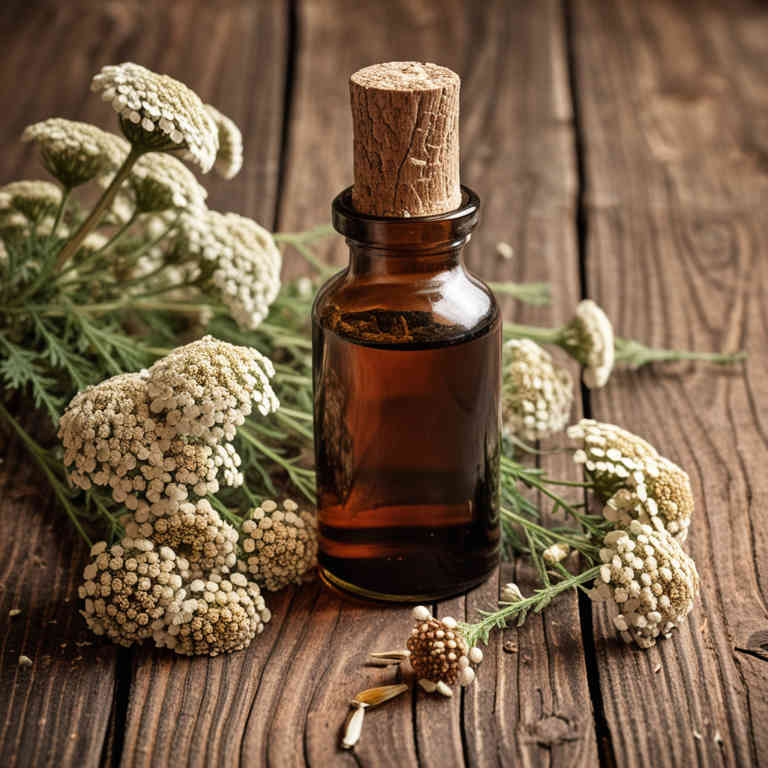
4. Oils
Achillea millefolium oils is commonly used to treat skin conditions, digestive issues, and respiratory ailments.
It is often applied topically for wounds, eczema, and insect bites due to its anti-inflammatory and antimicrobial properties. The oil is also used internally to alleviate stomach discomfort and menstrual cramps. The bioactive constituents responsible for these effects include sesquiterpene lactones, flavonoids, and volatile oils such as camphor and cineole.
These compounds contribute to its antimicrobial, anti-inflammatory, and analgesic actions.

5. Creams
Achillea millefolium creams is commonly used to treat skin conditions and inflammatory disorders.
These creams are often applied for their anti-inflammatory, antiseptic, and wound-healing properties. They are frequently used to alleviate symptoms of eczema, psoriasis, and minor burns. The bioactive constituents include compounds such as sesquiterpene lactones, flavonoids, and volatile oils, which contribute to their therapeutic effects.
These components help reduce inflammation, fight infection, and promote tissue repair.
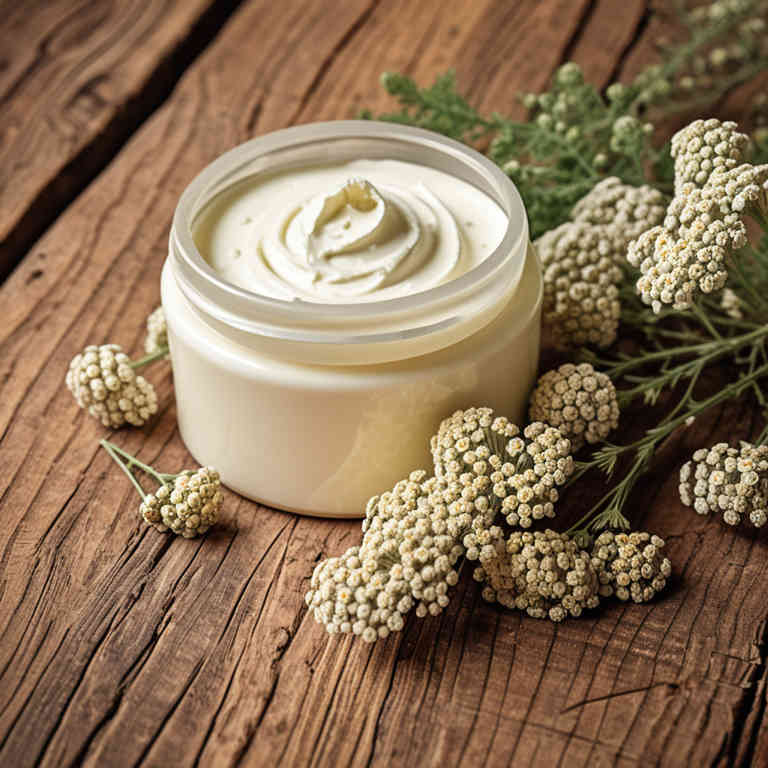
6. Capsules
Achillea millefolium capsules is commonly used to support digestive health, alleviate menstrual discomfort, and reduce inflammation.
This herbal preparation is often employed to treat conditions such as indigestion, menstrual cramps, and skin irritations. The most common medicinal uses include managing gastrointestinal issues, hormonal imbalances, and topical applications for wounds or eczema. The bioactive constituents responsible for its medicinal properties include flavonoids, sesquiterpene lactones, and essential oils, which possess anti-inflammatory, antioxidant, and antimicrobial effects.
These compounds contribute to its wide range of therapeutic applications in traditional and modern herbal medicine.
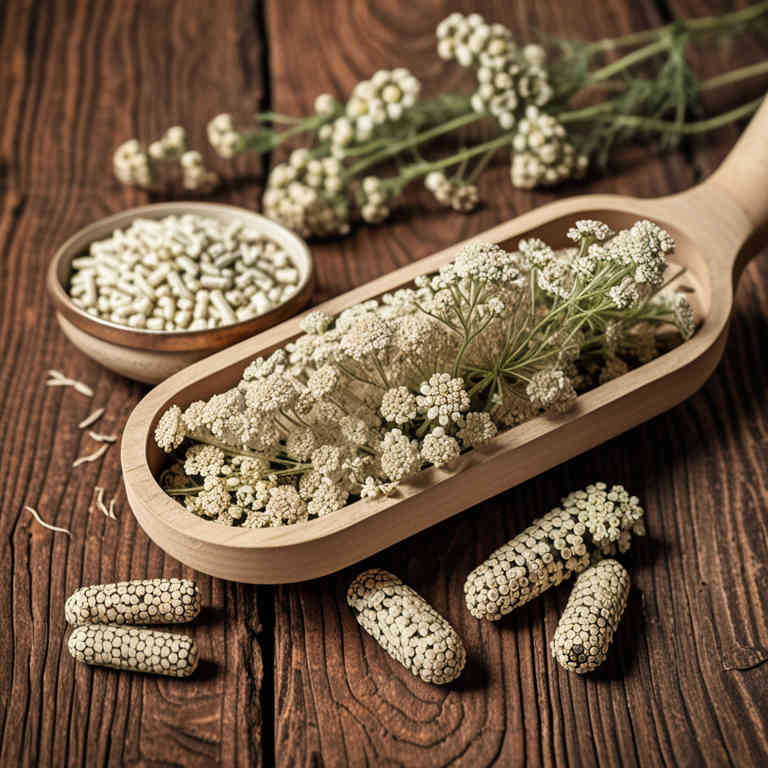
7. Oinments
Achillea millefolium oinments is commonly used to treat wounds, skin irritations, and inflammatory conditions due to its antiseptic and anti-inflammatory properties.
The most common medicinal uses of this herbal preparation include healing minor cuts, reducing inflammation, and alleviating symptoms of eczema and psoriasis. It is also used topically to relieve muscle pain and reduce the appearance of bruises. The bioactive constituents responsible for its medicinal properties include flavonoids, sesquiterpene lactones, and essential oils, which possess antimicrobial, anti-inflammatory, and antioxidant effects.
These compounds work synergistically to promote tissue repair and reduce infection risk.

8. Liniments
Achillea millefolium liniments is commonly used to treat wounds, bruises, and inflammatory conditions due to its anti-inflammatory and antiseptic properties.
These liniments are often applied topically to reduce pain, swelling, and promote healing in minor injuries. The most common medicinal uses include treating sprains, muscle aches, skin irritations, and arthritis-related inflammation. Bioactive constituents such as sesquiterpene lactones, flavonoids, and essential oils contribute to its therapeutic effects.
These compounds possess anti-inflammatory, antimicrobial, and analgesic properties that support the plant's traditional use in herbal medicine.

9. Poultices
Achillea millefolium poultices is commonly used to treat wounds, inflammation, and skin conditions due to their antimicrobial and anti-inflammatory properties.
These poultices are often applied topically to reduce swelling, promote healing, and prevent infection in minor cuts, burns, and insect bites. The most common medicinal uses include treating boils, eczema, and other skin irritations, as well as alleviating symptoms of arthritis and muscle pain. The bioactive constituents responsible for these effects include sesquiterpene lactones, flavonoids, and volatile oils, which exhibit anti-inflammatory, antiseptic, and analgesic properties.
These compounds work synergistically to support the body's natural healing processes and reduce discomfort.
